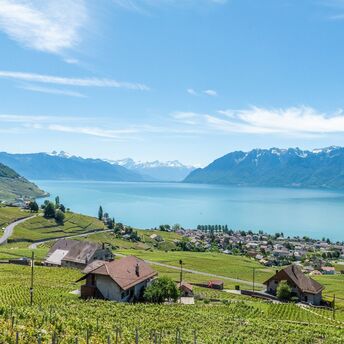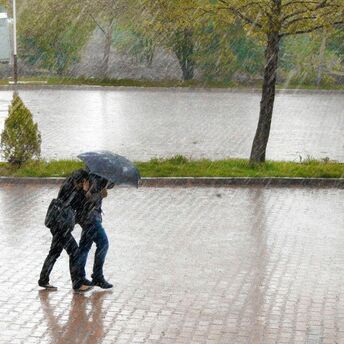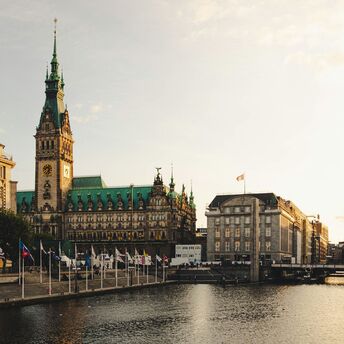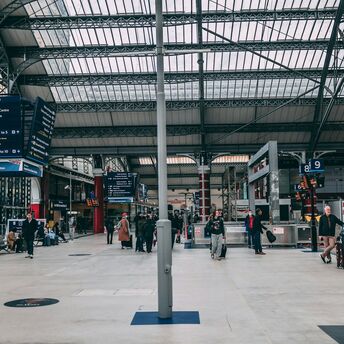New Direction in Ubud: Anantara Programme Embraces the Unseen

In Ubud, Bali, a new travel programme has been introduced that shifts attention away from high-traffic attractions and toward more grounded cultural and environmental experiences. Anantara Ubud Bali Resort has introduced a new plan called ‘A Local Immersion’ that gives visitors a set plan of things to do if they stay for at least three nights. The focus is on providing access to lesser-known natural routes and local practices rarely included in mainstream tourism.
Two outdoor excursions form the basis of the experience. One leads through agricultural areas near the village of Taro, where long-standing farming traditions and spiritual beliefs are still part of everyday life. The other route follows a forest path to a little-known waterfall, typically visited only by nearby residents. Both are designed to introduce participants to elements of the island’s ecology and community knowledge.

Travellers staying in central Ubud can reach several notable locations on foot. The Sacred Monkey Forest, for example, is home to macaques living among centuries-old temple structures. Another nearby site is the Campuhan Ridge Walk, a quiet, elevated trail bordered by jungle and grasslands, offering open views across the landscape without requiring a long journey outside town.
Those interested in cultural landmarks can visit the Ubud Art Market, where regional crafts and textiles are sold by local artisans. Just across the street stands the Puri Saren Agung palace complex, a site with historic links to the local royal family. These two spots form part of the town’s small but active public square, where cultural life remains visible in daily routines. Even short walks through the area can reveal quiet details often overlooked by passing visitors.

Programmes like this reflect a broader shift in how destinations such as Ubud are approached. Instead of rushing from one famous spot to another, more travellers now want paths where they can slow down, look around, and be part of what’s actually happening around them. This trend may signal a rethinking of what it means to travel through Bali, with a stronger emphasis on learning, movement through lesser-known spaces, and direct connection with local rhythms.



















